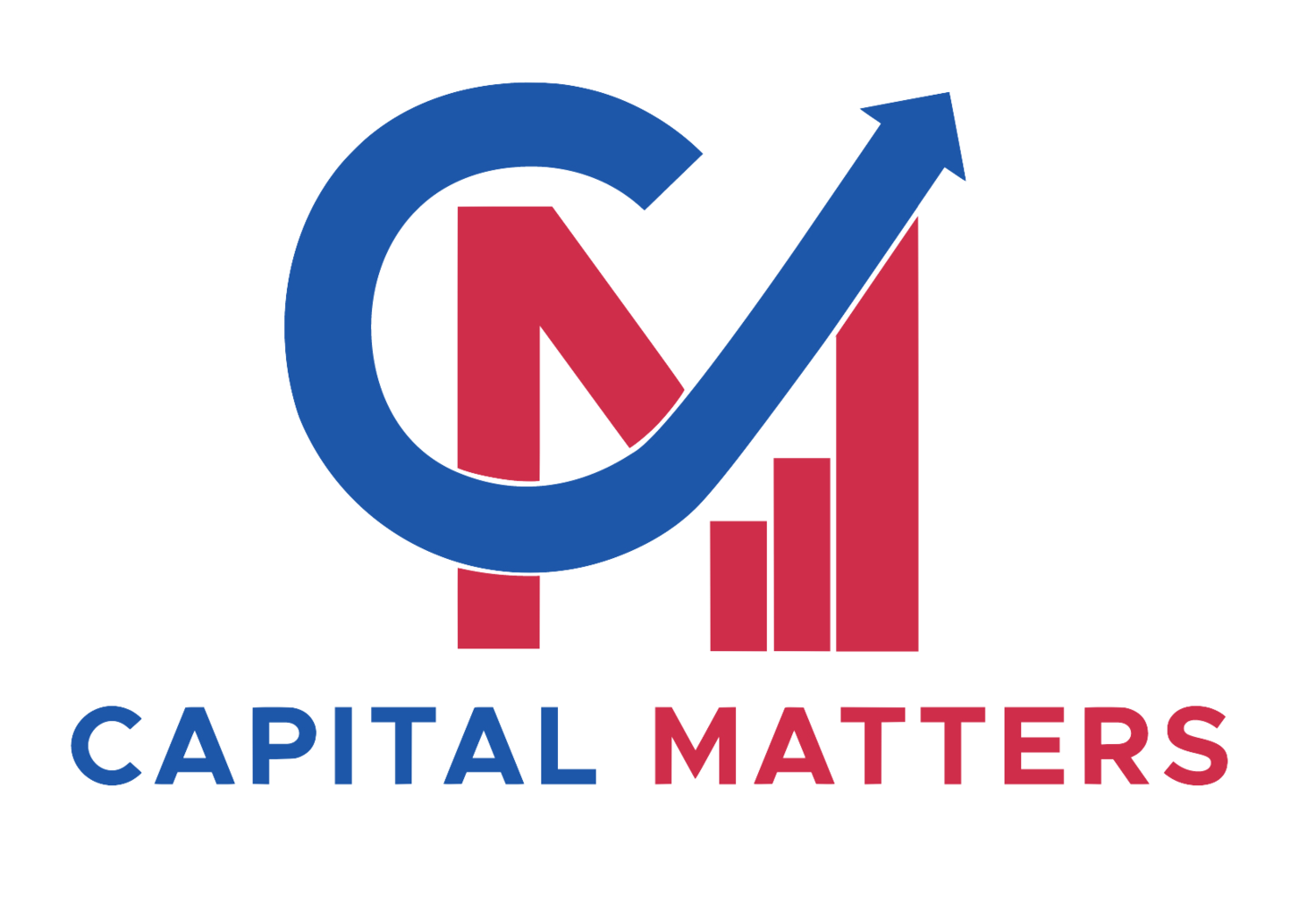How To Fulfil Direct Debit Requirements
/I am a huge advocate of bank account switching. But most of the time, to be eligible for the switching bonus or interest, you have to have a minimum number of direct debits. This can really put you off switching. You could be in one of a few situations.
You might have existing direct debits but you want them to come from one of your existing accounts, that you don’t want to switch. You might have no or few products (financial or otherwise) that require ongoing payments taken by direct debit. Whatever your reason, this guide will help you fulfil those requirements.
Look At Your Existing Direct Debits
Look at every account you have. This might be achievable by logging into your online bank account. Since online interfaces differ between banks, this might be easy or hard to find. There might be a direct debit section (as is the case with HSBC) or there might not be.
If all else fails, call up your bank or go to your branch and ask them. Whatever is most convenient for you.
Once you find them, write them down on a list. Include the originating account, the payment date and what you are paying for.
For example: HSBC > 1st of the month > American Express Credit Card.
Common Direct Debits:
PayPal
Regular Deposits to some savings accounts
Regular Deposits to some investment accounts (ie. for regular investments/fee payments etc.)
Charitable donations
Mobile phone contract
Gym
Some online subscriptions
Household Bills
Cancel Some Direct Debits
If you do a direct debit audit, sometimes you realise you have been paying for something, on an ongoing basis, that you neither need nor want. There are some real scare stories out there about people paying long term for gym memberships, magazine subscriptions, whatever. The payments have slipped their minds and they’re paying for it.
Payments could rack up into the hundreds or thousands over time if you are not careful. Don’t let your account be a sieve, take back control of what you are paying for. If you don’t want it or need it, simply cancel the direct debit. You can do this at the source (your bank account), in most cases, rather than going directly to the company that you are paying.
If you have been paying a company long term, for a product or service that you didn’t use, try and contact them. Some companies are more forgiving than others, but they might grant you a partial refund if you ask nicely and explain the situation.
Pay For More By Direct Debit
When a credit card, gas, electricity (etc.) bill comes in, how do you normally pay for it? If the answer isn’t by direct debit, is this option a possibility?
Some companies, especially energy companies, offer you a discount if you pay by direct debit. If you pay the bill manually, this might be overcomplicating things (meaning you have to do more yourself) and it might be costing you money as well.
Different Scenarios
Great question. The answer will be dependent on your situation so I’ll outline a few below as examples.
Situation 1: You have multiple monthly direct debits
You have realised you have 4 direct debits coming from one account, every month. This account pays you interest if you pay out 2 direct debits every month. You want to open another account, which requires 2 monthly direct debits, to get the interest.
The Answer:
Simple, switch 2 of your direct debits to the other account and you will have fulfilled the requirements on both accounts.
Situation 2: You have direct debits that don’t pay out monthly
You have a few direct debits that pay out quarterly (eg. energy bills) or irregularly (eg. credit cards that you don’t use every month).
The Answer:
This depends on the account you are trying to open or switch to. In the T&Cs of this account, it might state how often the direct debits need to be paid. If it states that they need to be paid monthly, you might have to setup some new direct debits (see new direct debits below).
If the new account requires ‘active’ direct debits, the classification of ‘active’ is really dependent on the bank itself. You could contact them to find out how they classify it or you could play it safe and setup some new direct debits (see new direct debits below).
Situation 3: You don’t have enough direct debits
Thankfully, this is simper than situation 2. You don’t have enough direct debits and any existing payments you have cannot be paid by direct debit.
The Answer:
This is simpler than situation 2 because you only have one option, set up some new direct debits to meet the requirements of the new account (see free or cheap direct debits below)
Pay Into Your Savings By Direct Debit
I currently use this tactic myself to fulfil the direct debit requirements on a Tesco current account that I have.
I have a post office savings account that allows you to setup a direct debit. This pulls money from my current account every month. I can choose the date I want this to occur every month and I can choose the payment amount (currently set at £1).
Have a look at your existing savings account first, if you have any. If this a feature available to you it’s a simple way to fulfil a direct debit requirement. And you’re paying yourself rather than another institution.
If you don’t have any savings accounts, look at some easy access accounts online. Call the bank that offers it or use an online chat feature (whatever you prefer) and find out if this is something you can do. Online easy access accounts can be set up in a matter of minutes.
£1 Charitable Direct Debits (Examples)
This is a simple way of achieving a direct debit requirement and the beauty of it is that it can be setup really quickly and you are doing something good with the money (every little helps).
A number of charities offer the ability to pay monthly via direct debit. Two good online resources for finding and comparing charities are localgiving.org and givewell.org.
After a quick Google search, I can confirm that (as of October 2018), the charities below are eligible for £1 direct debits.
Does PayPal Count As A Direct Debit?
Yes, however there is a caveat attached. If your PayPal direct debit is irregular, as in it doesn’t always occur every month, there’s a risk you might not get the monthly interest or switching bonus. I would play it safe and use one of the free or cheap methods outlined above.
What Counts As An Active Direct Debit?
An active direct debit is one that is neither cancelled nor dormant. All banks must comply with the dormancy period rule where they hold direct debit instructions on file for a minimum of 13 months post direct debit instruction, last payment or in the event of no collection. The bank will then remove the direct debit details from their system.
In my experience, banks differ in how they classify ‘active’ direct debits precisely. Always check the T&Cs. If you’re in doubt, use the savings account or charitable direct debit method to setup some new direct debits (outlined above).
If I'm Switching For A Switching Bonus, When Can I Cancel The Free/Cheap Direct Debits?
When switching, sometimes you are required to switch over some active direct debits. The exact T&Cs will differ between banks. However, in order to ensure the bonus is paid to you, with no issues, I would continue paying the direct debits until the bonus payment has been made.
The bank will usually state how long you have to wait for the bonus. This might be found in the account summary, the account T&Cs or you could contact the bank to check.
Conclusion
It pays to shop around with your bank accounts. Some banks are offering great switching bonuses and interest rates, so don’t let the direct debit requirements put you off. Do an audit of all your payments first. Move around existing direct debits or setup new ones (savings account or charitable direct debits).
If you liked this post, hit that like button down below. If you have any questions or just want to contribute to the discussion, you can do so in the comments section. I respond to every comment.




The best UK LEGO Deals and Promo Sets that you can get right now in January 2026 from a range of trusted online retailers. Updated daily.